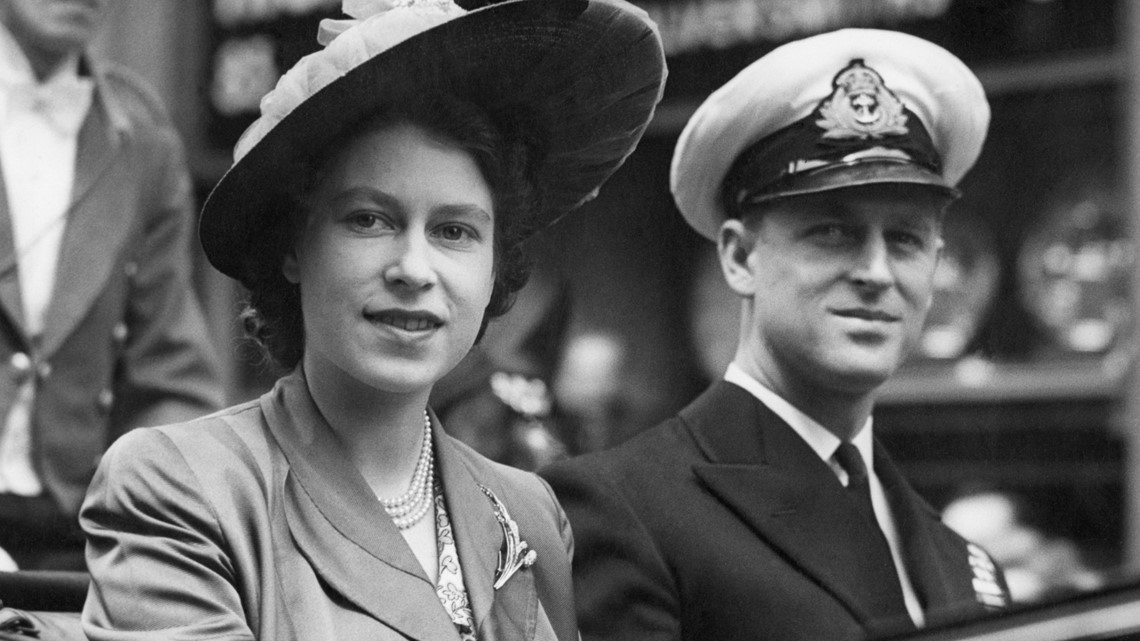LONDON, UK — Queen Elizabeth II sat on the British throne for 70 years before her death at the age of 96. But had it not been for a historic decision by her uncle, she might never have become Britain's longest-reigning monarch.
When King George V died in 1936, the mantle passed to his eldest son, Edward VIII. Presuming that Edward would one day get married and have children, those children would precede Edward’s younger brother Prince Albert and Albert’s children in the line of succession.
But there was a problem. Edward was in love with an American woman, Wallis Warfield Simpson. That, in itself, was not a major issue except for the fact that she was twice-divorced and both her husbands were still alive.
Edward wanted to marry Simpson, but Simpson's marital status was an arrangement the Church of England would not accept. The prime minister wasn't thrilled, either, according to an account by Biography, and there was concern the British people would also be displeased.
Edward had a choice to make -- and he chose Simpson. After less than one year as king, Edward not only abdicated his right to the throne but signed away the rights for any of his offspring to wear the crown.
That allowed his younger brother to ascend to the throne. Albert took the name George VI as he became king. George's eldest child was Elizabeth. When her father died in 1952 and Elizabeth was just 27, she would begin her record-long reign as the British monarch.
The other thing that allowed Elizabeth to succeed her father is that George VI had two daughters but no sons. Prior to the Succession of the Crown Act in 2013, male offspring would go ahead of their female siblings in the order of succession regardless of who was born first.


The royal order of succession now follows Elizabeth II with her son, Charles, her grandson, William, and great-grandson, George.
The unusual abdication by Edward VIII was dramatized in the Oscar-winning drama "The King's Speech."

